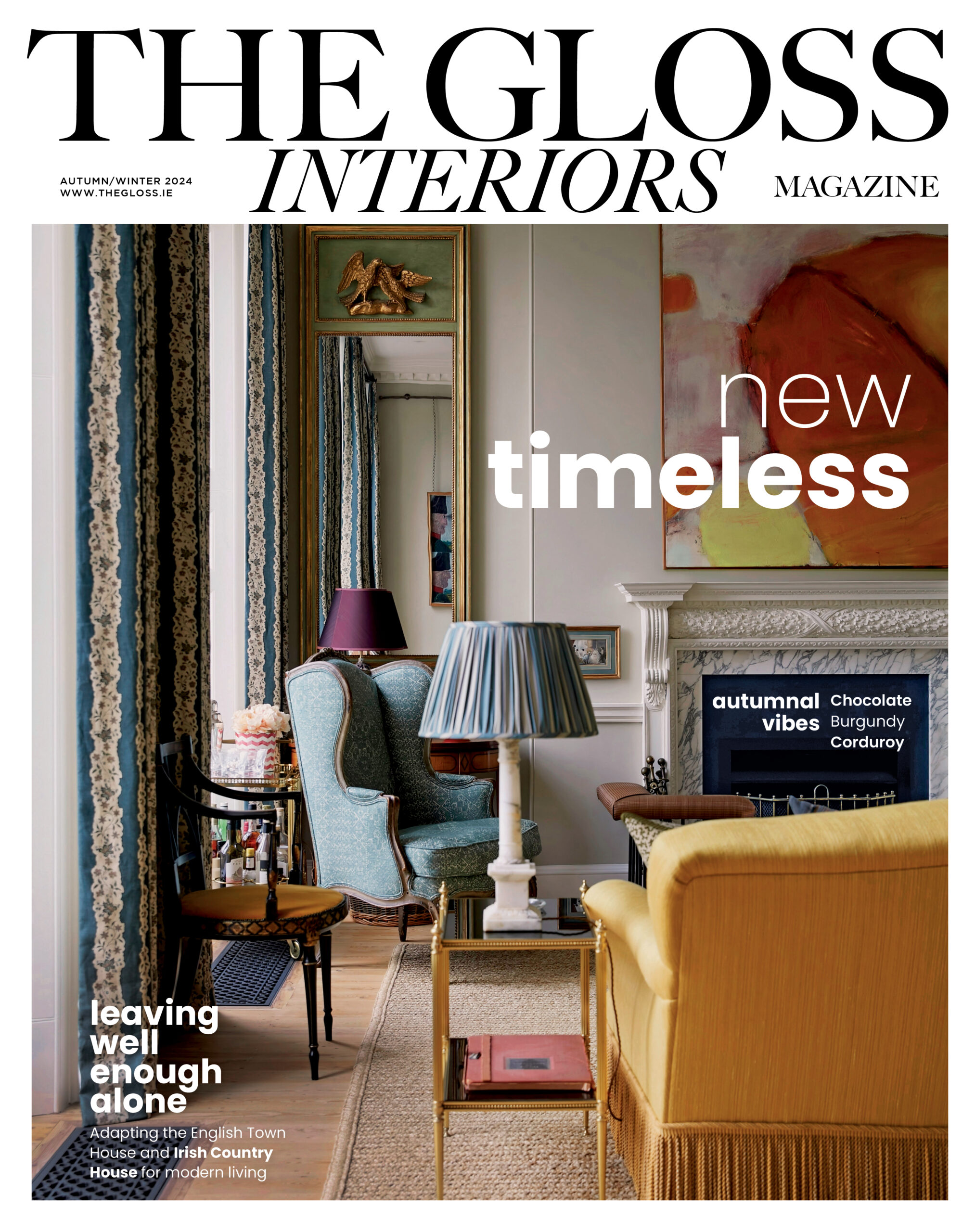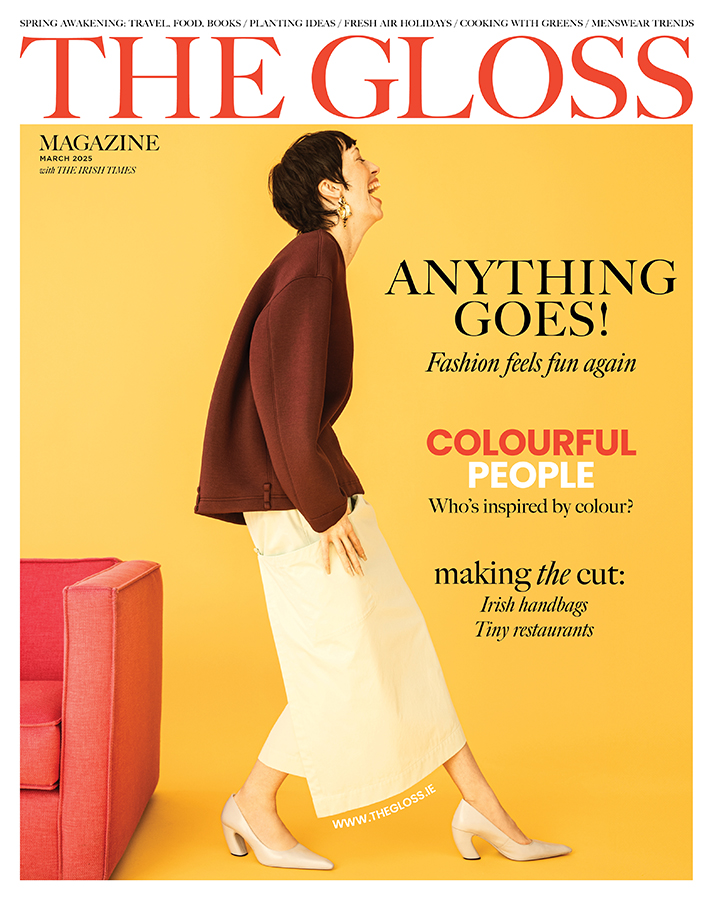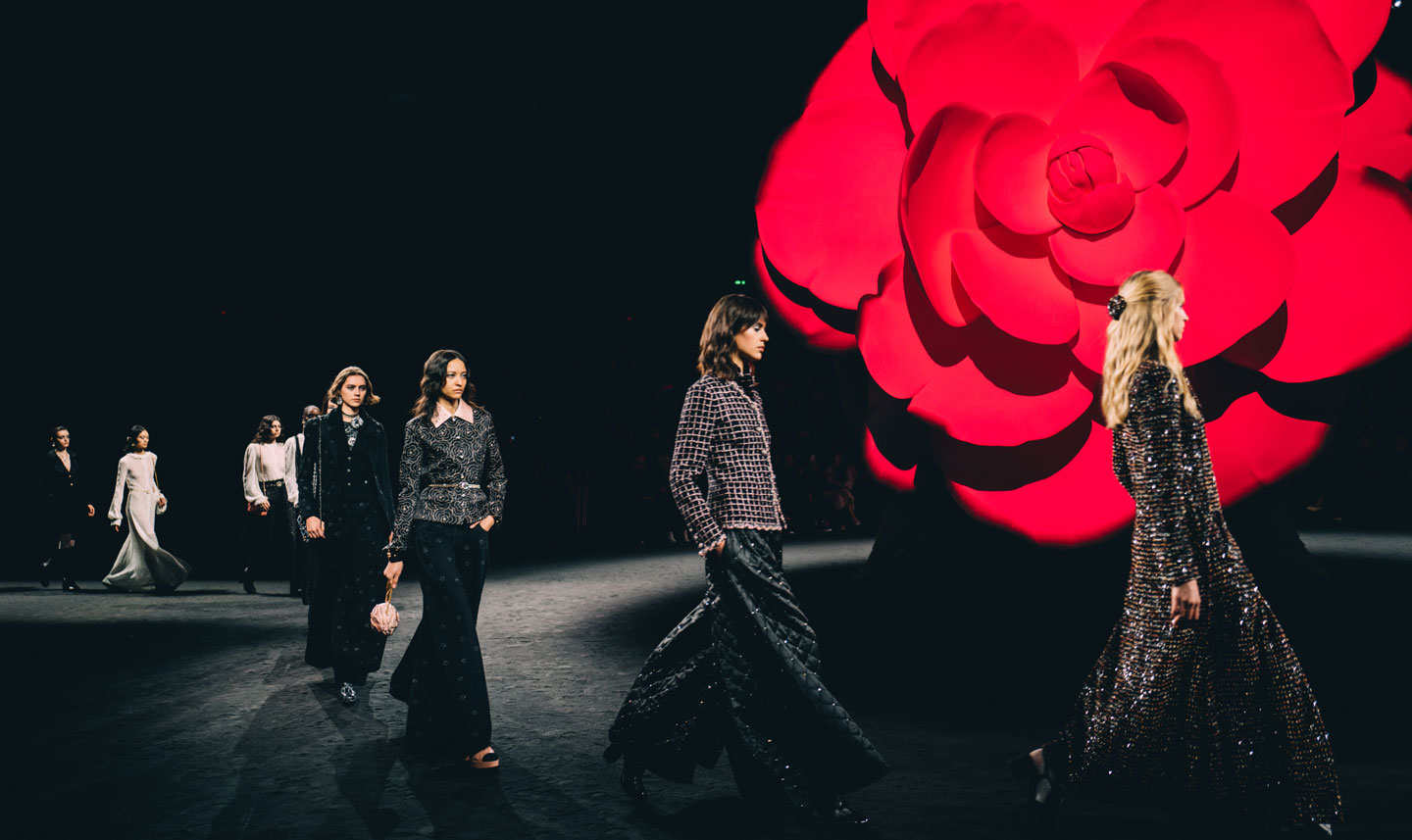As the collections draw to a close in the French capital, Paul McLauchlan notes the top five moments from the shows …
Paris Fashion Week concludes after nine days of enthralling expressions of creativity, catwalk shows full of compelling collections, and front rows jam-packed with celebrities like Jared Leto and Lisa Rinna. The designers at Coperni, in an attempt to top last season’s viral moment with Bella Hadid, followed up with Boston Dynamics’ robot dogs patrolling the runway.
From the reveal of Balenciaga post-scandal to the poetic debut of Irish designer Róisín Pierce, and the pitch-perfect return of Alexander McQueen to Paris – as well as smash-hit shows from the likes of Loewe, Rick Owens, and Dries van Noten – the autumn/winter season was a reminder that the boundaries of fashion are merely suggestions that designers should follow.
As the collections draw to a close in the French capital, we’ve compiled the top five moments you cannot miss.
Main featured image: Chanel.
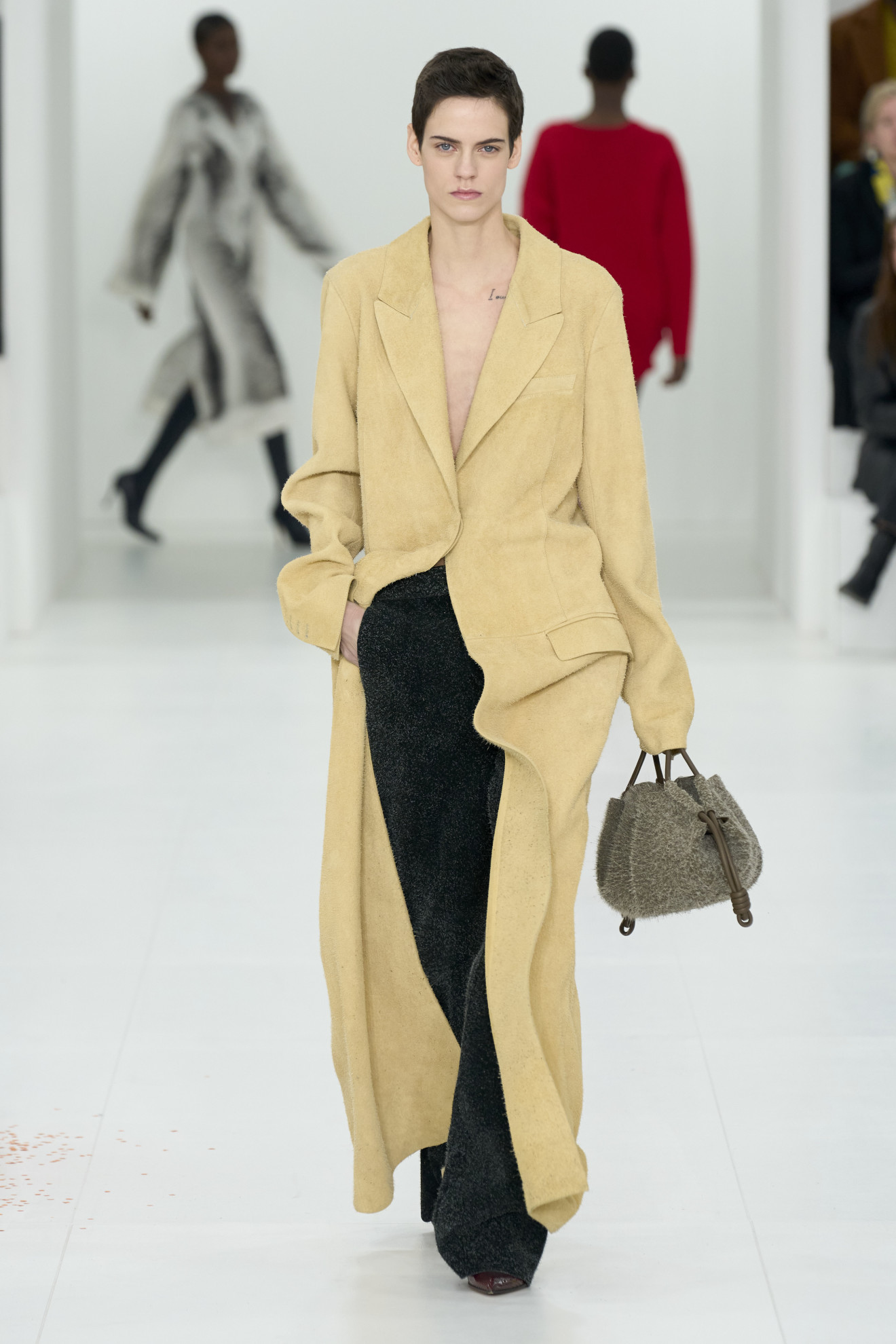
Loewe via ImaxTree
1. Fashion with a capital ‘F’ is back
“Fashion has become a kind of entertainment, but often that part overshadows the essence of it, which lays in the shapes and volumes, silhouettes, the way we create relationships between body and fabric,” said Demna Gvasalia, ahead of his Balenciaga show.
He ditched the immersive presentations of the past for a blank space in the bowels of the Louvre and a runway full of extreme silhouettes like oversized suiting and denim, strings of pleated floral-print gowns, and high-tech engineering on sportswear that distorted the shape of models’ physiques. It was refined, quiet even, but still flirted with obscurity in form. “This is why fashion to me can no longer be seen as entertainment, but rather as the art of making clothes,” said Gvasalia.
At Loewe, Jonathan Anderson also stripped away any maximalist gestures. Instead, he privileged perfunctory outerwear like elegant coats and cashmere ensembles, not without subtle twists like silk duchesse sheath dresses printed with blurred images inspired by Gerhard Richter’s photography, leather dresses with a handbag chain detail that distorts, and wool jumpers that look as though they’ve been frozen in mid air. Like Gvasalia, he has a predilection for bending the future of fashion according to his own will.
Other designers like Junya Watanabe and Rick Owens have the unique ability to distil the bleak circumstances that the world is forced to reckon with. There was a visceral urgency at Watanabe’s compelling turn in a church by Louvre that felt like Judgement Day was upon us. Models stomped to a thundering soundtrack of Led Zeppelin, clad in leather spliced together with zip details, biker jackets with side panels that looked as though they were about to take flight, and technical anoraks produced as though they were fleeing across a desert from precarity.
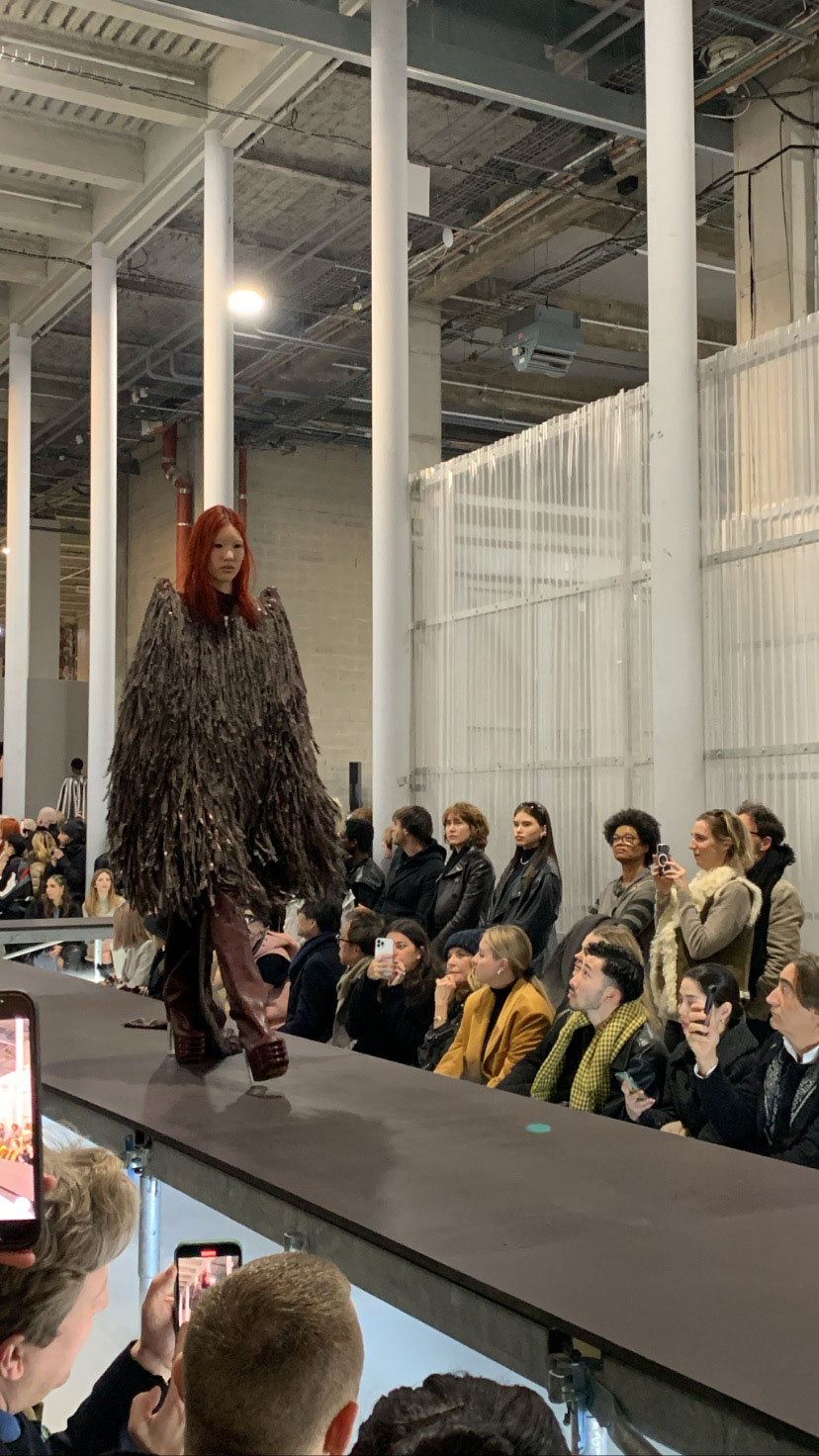
A look at Rick Owens.
Rick Owens, the dark prince of glamour, matted sequins, blew up leather to bulbous proportions, slashed side slits to the naval, put pleats on puffer jackets, and gave lean gowns vampiric shoulders. Backstage, he spoke of the moment requiring formality, with everything that is happening in the world now, like the war that continues in Ukraine. Conceptually, the clothing existed beyond the parameters of what we know.
Meanwhile, harking back to their roots, Olivier Rousteing at Balmain and Matthew Williams at Givenchy both elucidated on the allure of old-world chic with rigorous tailoring and dressmaking that nodded to the couture ateliers that the houses were built on. This sort of glamour normally winds up being trite but it marked a welcome departure for Rousteing and it suggested Williams was finally finding his footing at Givenchy.
The Row.
2. The biggest trend was ‘wearable’ clothing
While there were still some spellbinding moments that landed on the abstract, the mood of the season revolved around the simplicity of clothing as if the immaculate wardrobe of Lydia Tár loomed large over designers’ mood boards.
It’s hard not to be enamoured by the proposition at The Row: boxy suiting; delicious coats in wool and leather; cashmere trousers and ribbed knit dresses. Or the sumptuous richness of Hermès’ bark-textured lamé knits, plissé skirts, and alpaca coats – in fire red, copper, and brown – as well as cable knit sweaters that featured additional sleeves belted by a Kelly choker. Ditto Gabriela Hearst’s leather and shearling coats, fur ponchos, and eyeleted knit dresses for Chloé.
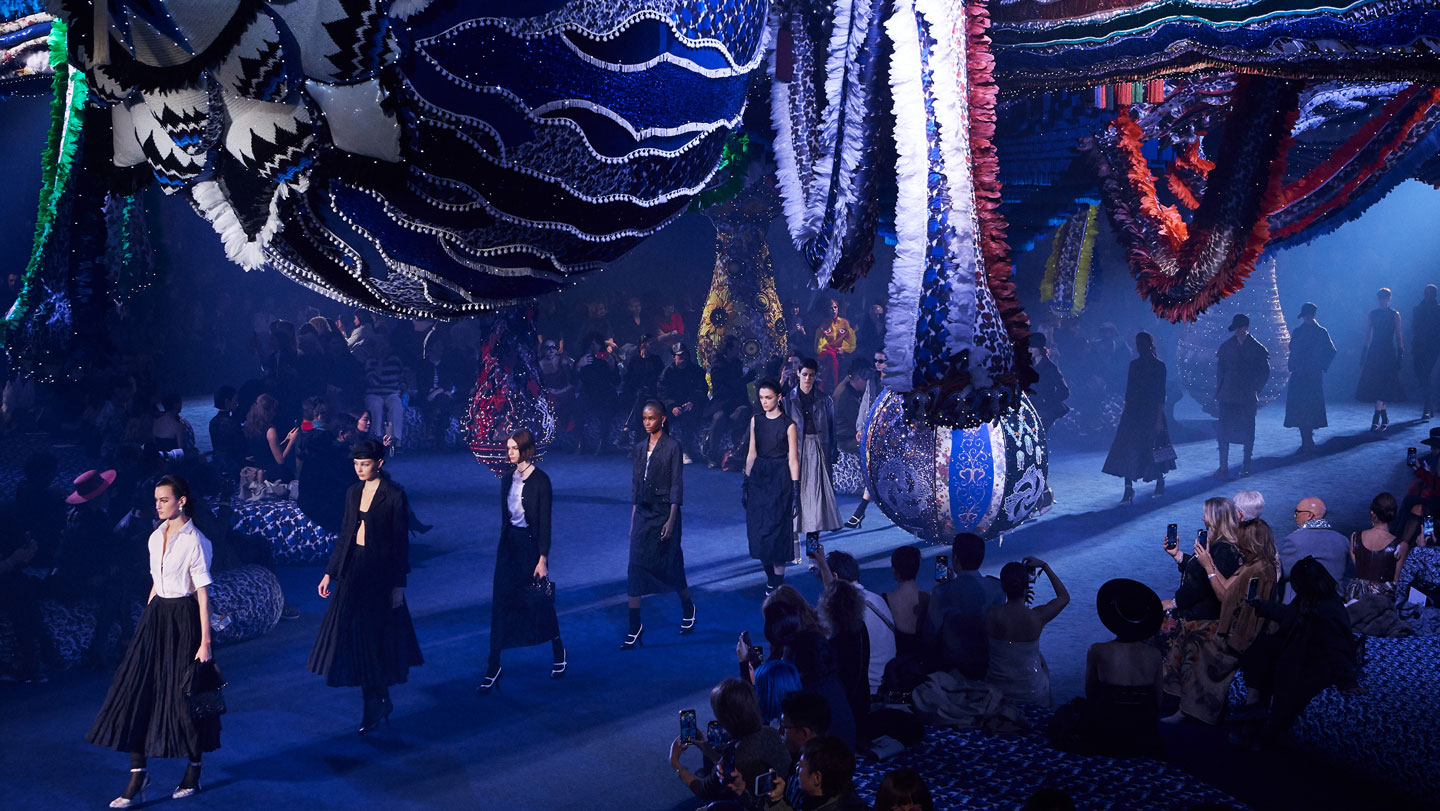
The finale at Dior.
Valentino’s Pier Paolo Piccioli gave elevated daywear a modern twist as tailoring took charge but models, tattooed, pierced, and with cropped locks, had a contemporary attitude. Maria Grazia-Chiuri also pared things back at Dior but with a romantic flair, in a palette of jewel tones, that touched on waist-cinching dresses worn with long tartan overcoats, and chunky knits. It was decidedly coherent considering it spanned 96 looks.
A romantic classicism permeated Charles de Vilmorin’s finest outing yet for Rochas where we saw him lean into supple tailoring and sophisticated opera coats. It reverberated at Akris too, with the effortlessness of clothes that transcended age – these were clothes for every woman, and it was reflected in the age-positive casting.
But few make clothing with intimacy and intrigue like Dries van Noten whose innate understanding of fabrication created a frisson of excitement from thick wool coats with gold foil overlay; pinstripe tailoring with patches of jacquard; and delicate organza printed with hand-painted flowers. There is a preciousness to van Noten’s work that can only be described as alchemy.
At Chanel, Virginie Viard re-introduced dark florals using the camellia flower printed on cashmere tweed coats, as button closures on bags and blooming over pockets. “The camellia is more than a theme, it’s an eternal code of the House,” explained Virginie Viard in her show notes, as she presented the autumn/winter 2023/24 collection in a concise colour palette of black, white and shades of pink across 66 looks.
Louis Vuitton took over the Musée d’Orsay for Nicolas Ghesquiere’s latest show for the House, constructing a stark black set which offered a complete juxtaposition to the splendor of the historic surroundings. The collection aimed to offer a fresh interpretation of modern French style, with exaggerated shapes, structured silhouettes and a focus on intricate detailing seen in the unique fabrication of knits and fine embroidery.
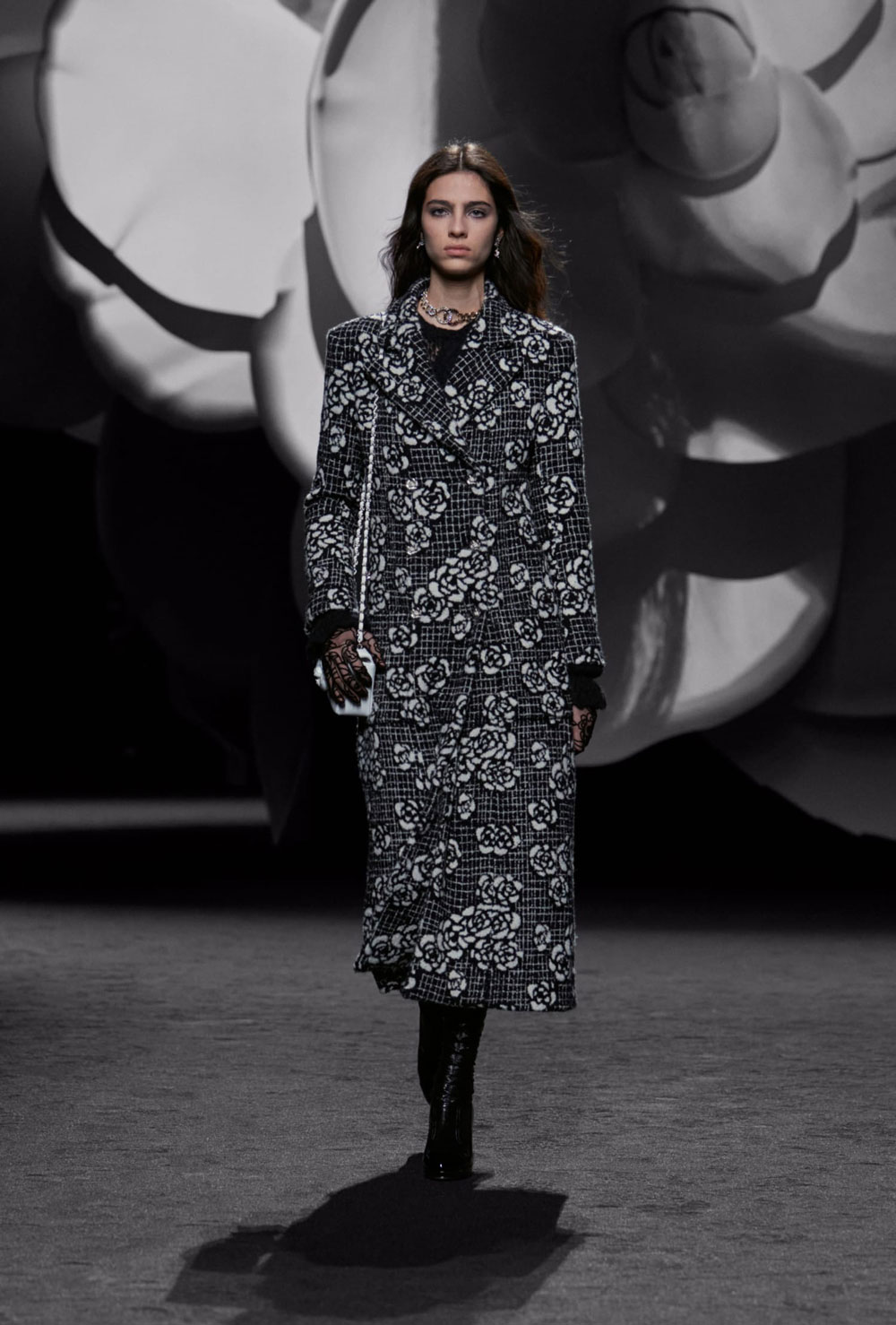
The first look at Chanel featuring the camellia flower print.
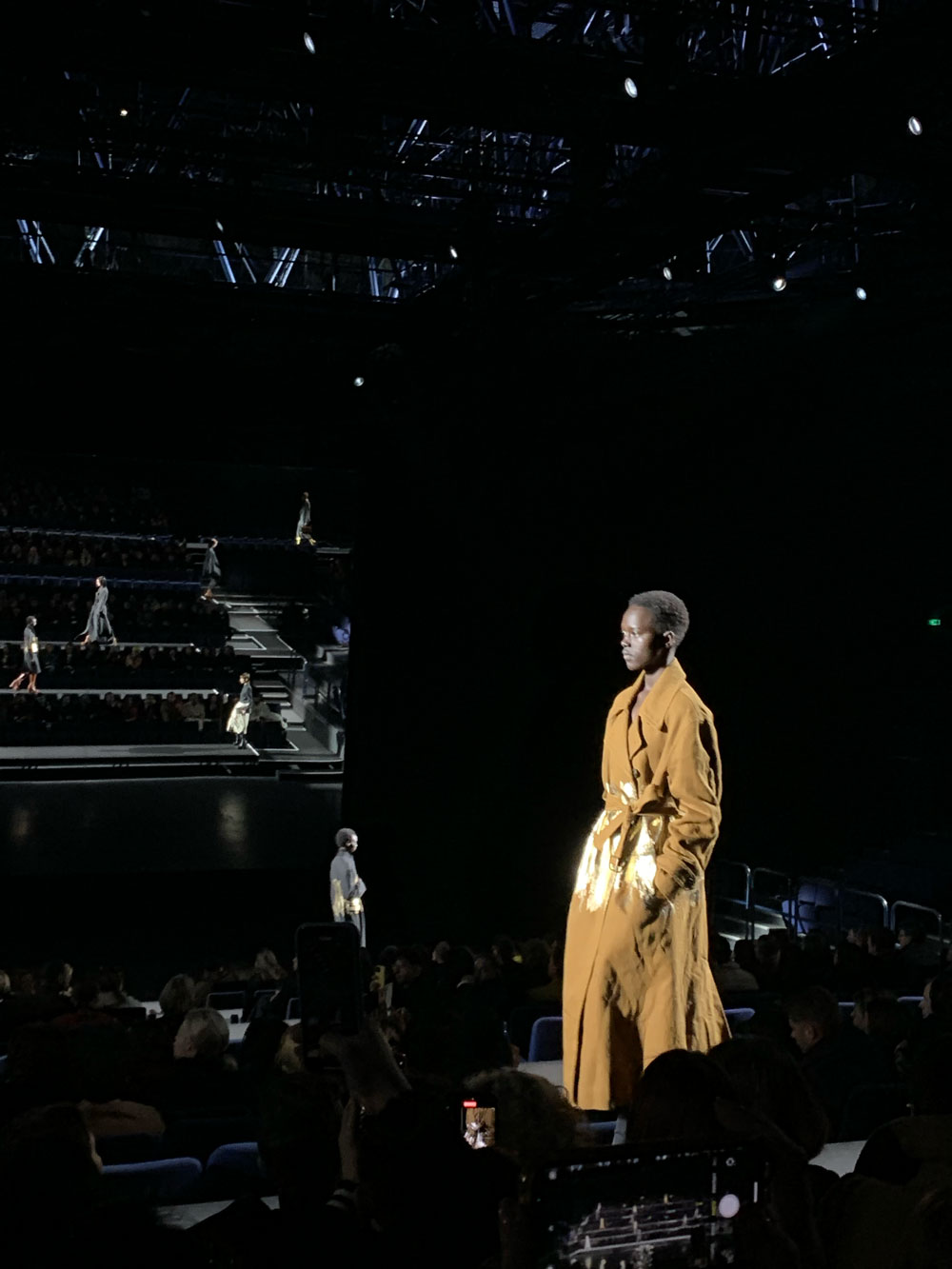
A look at the Dries Van Noten show.
3. It was a season of goodbyes…
There were two important tributes to Paco Rabanne and Vivienne Westwood this season. In their own right, revolutionary designers who refused to waver to convention: the former known for his futuristic designs and the latter for challenging preconceptions about femininity.
At Paco Rabanne, Julien Dossena continued his legacy of “utopic creative approach that moved the boundaries of reality” with passages of gowns superimposed with Salvador Dalí paintings (Dalí and Rabanne were friends) and an array of archive looks in the PR signature chainmail but continued to imprint his own handwriting with drop hem satin gowns with sunburst-pleating, fuzzy knitwear, and an adept use of embroidery with skirts made from crystals.
Meanwhile at Vivienne Westwood, her husband Andreas Kronthaler paid homage to the kind of rebellious, coquettish femininity that propelled the late founder to fame. On the runway appeared Sarah Stockbridge, who appeared on catwalks for the brand in the 1980s and 1990s, and Westwood’s granddaughter Cora Corré who closed the show as the bride.
In the second season following the passing of Issey Miyake, Satoshi Kondo’s intuitive sense of colour and silhouette makes his light and airy plissé and technical outerwear look preternaturally fresh, proving that the output of the house is always a breath of fresh air during fashion week.
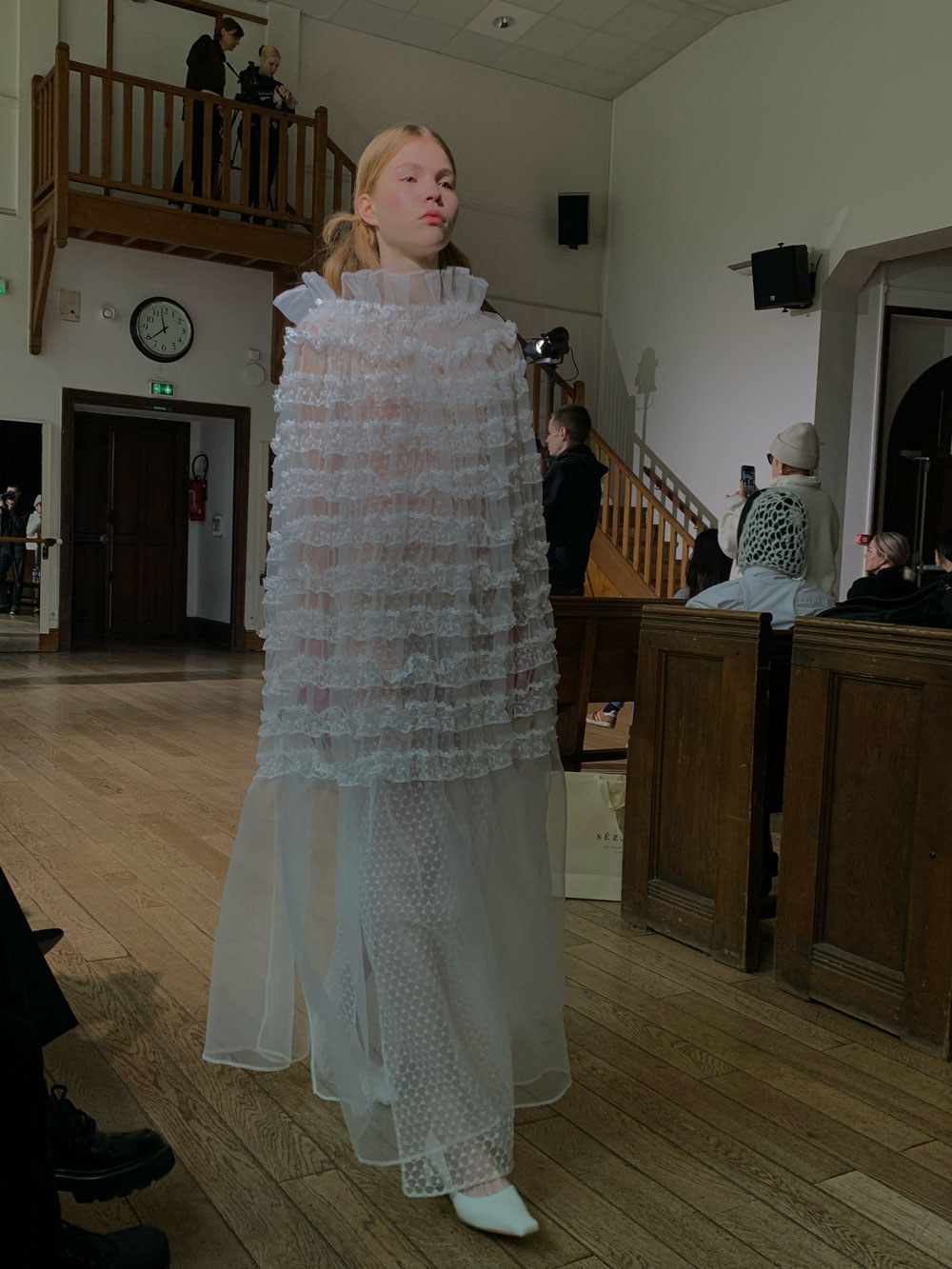
Róisín Pierce’s first Paris Fashion Week presentation.
4. … and new beginnings
The talk of the town was the debut of Harris Reed for Nina Ricci and Ludovic de Saint Sernin at Ann Demeulemeester. Reed’s first outing yielded colourful, camp tulle gowns and glamorous suiting. It embraced the flamboyant sensibilities Reed is known for. At Ann Demeulemeester, de Saint Sernin proved himself as a faithful steward with his slinky bias-cut silk slip dresses, feather boleros, and structured leather tailoring. It was loyal to the brand’s roots and reaffirmed its value. Where it goes next will be exciting.
At her first Paris presentation, Irish designer Róisín Pierce asserted her talent with a craft-led focus that reflected upon women’s struggles throughout history and provided them an armour of patchworked crochet, layered organza, and intricate lacework, which was produced in collaboration with three generations of Irish women.
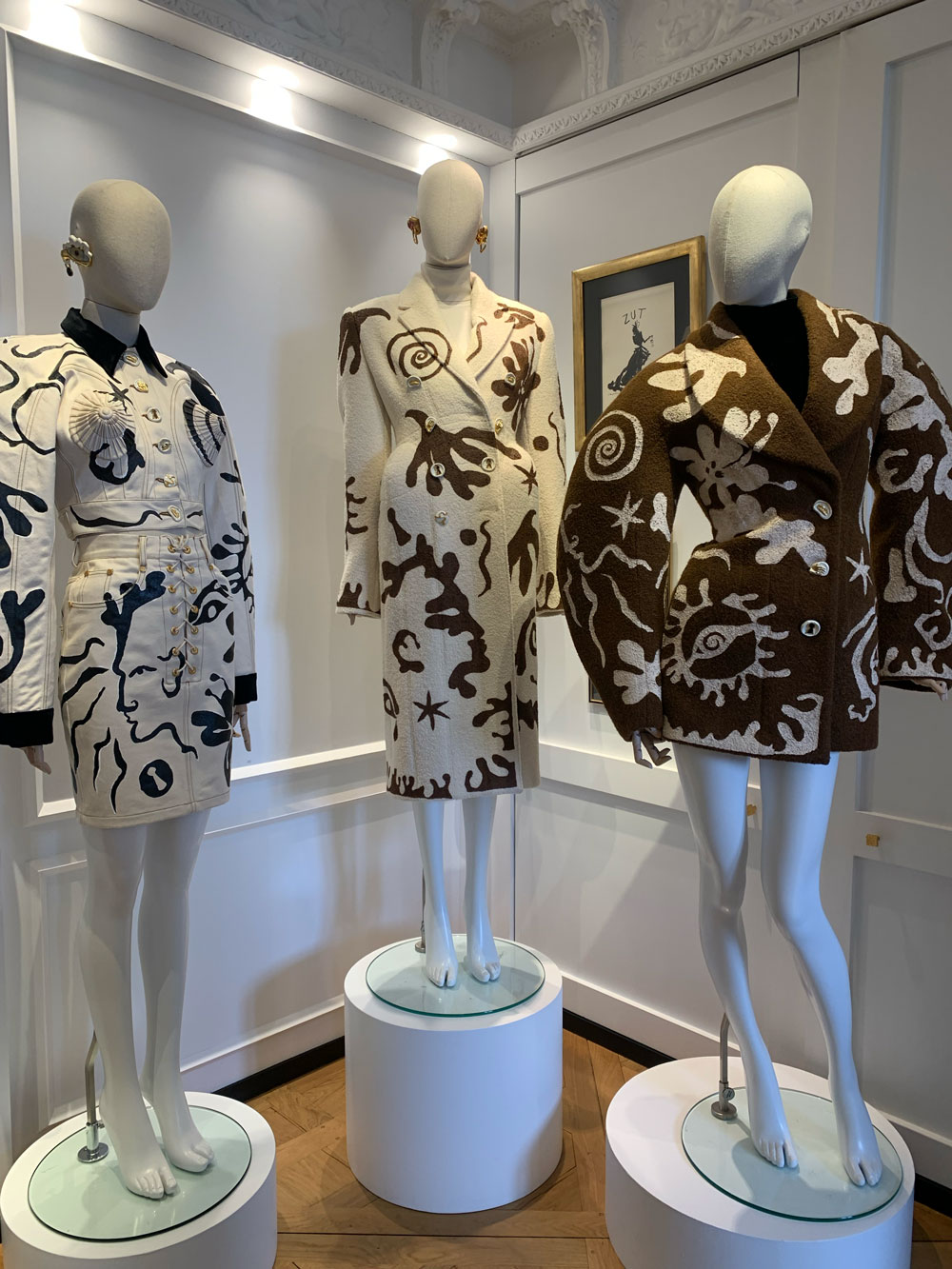
Schiaparelli’s ready-to-wear debut up close.
Daniel Roseberry finally brought Schiaparelli’s ready-to-wear to the catwalk. Again, he showed his aptitude for balancing the enormous budget of a house beloved for its surrealist perspective with clothing that didn’t spare creativity for accessibility: an hourglass bouclé coat; biker jackets with wool swan embroidery; and snow leopard faux fur coats reminiscent of the controversial snow leopard seen in January’s couture show. He did denim, puffer jackets, and cashmere turtlenecks the Schiaparelli way, accented with an assortment of mismatched gold charms, possessing a delectable everyday splendour.
Back on the Paris schedule for the first time in three years, Sarah Burton delivered a tour-de-force at Alexander McQueen with feats of garment engineering like a tailored bustier dress with a slashed skirt and upside-down tailored jacket detailing, a dress with silver bugle bead and crystal embroidery on a tulle base with silver bugle bead fringing; as well as a wrapped biker dress in black leather with a puffball skirt. It was visually and technically excellent, possibly the most invigorating McQueen collection in years, with some Oscar red carpet contenders in the latter half of the show.
Her second season in Paris, Victoria Beckham switched gears from the understated classicism that she arrived with for an “impulse to transform herself” that led her and her design team in an eccentric, eclectic direction consisting of plissé dresses, ostrich feathers emerging from underneath collarless blazers, and denim fishtail skirts.
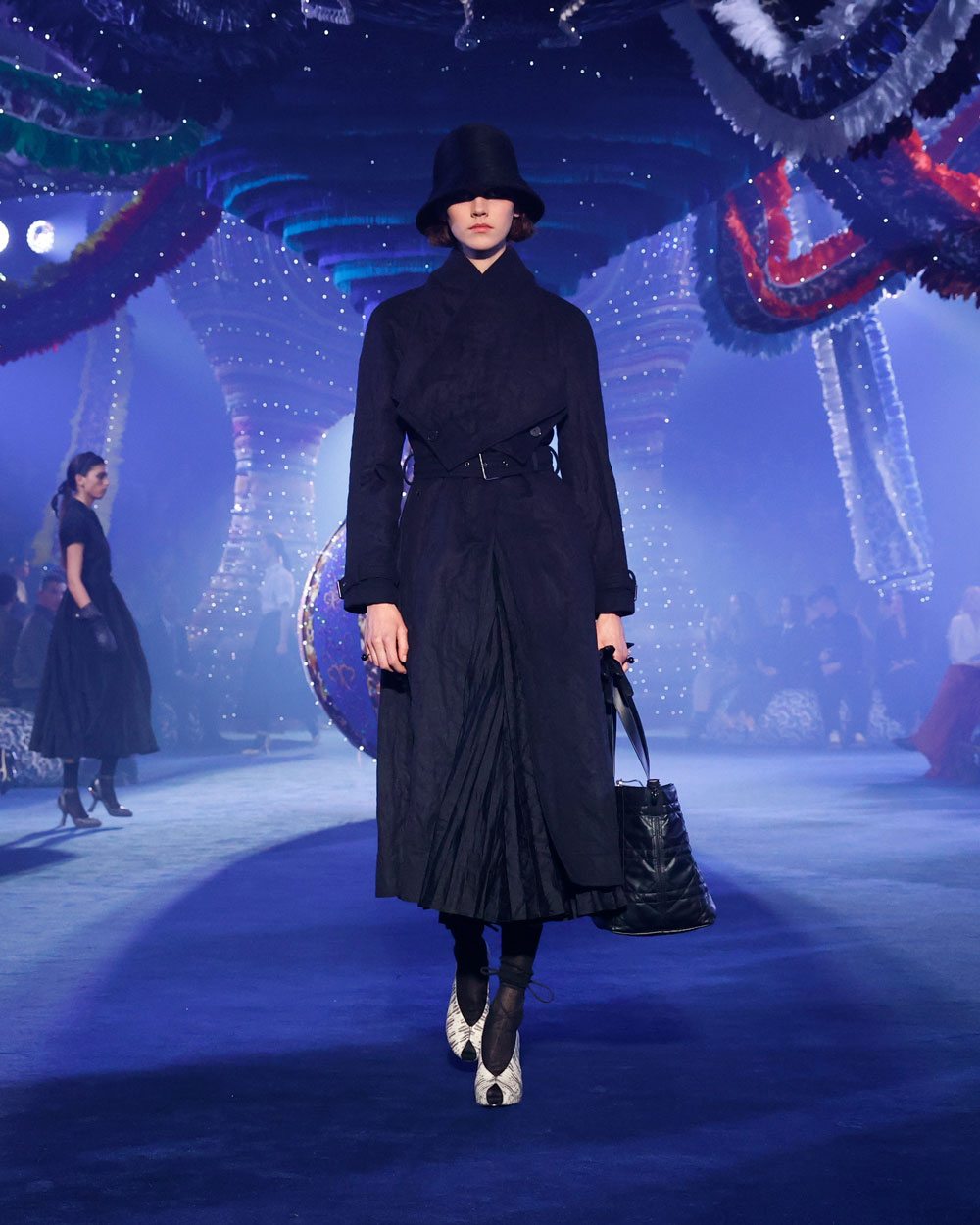
A look at Dior.
5. Get saving – this was a big season for accessories
Whether it was the 30th anniversary of Christian Louboutin’s red soles or a Chaumet presentation in the final residence of Frédéric Chopin in Paris for their elegantly streamlined Les Liens line, and the introduction of not one but six new bags at Dior, the world of accessories, watches, and jewellery was at an all time high in Paris. We’d better start saving: those stackable Gem Dior geometric-design cuffs and rings won’t buy themselves.
Alexander McQueen, in an attempt to suffuse their newly-designed logo into the public imagination, released the ‘Seal’ bag in red and black. Loewe’s new ‘Squeeze’ comes in buttery leather with a squishy handle and chain detail. And the almighty luxury grail, the Hermès Kelly and Birkin bags, now come harnessed with a crossbody strap for casual everyday wear. No biggie.
Elsewhere, Cecilie Bahnsen’s collaboration with Asics, complete with hand-embroidered sequins, lent itself to the newfound ease in her work that came from embracing the laidback virtues of 1990s fashion. In contrast, Victoria Beckham made the case for platform heels again. Are you in?

Inside the Cecilie Bahnsen showroom.



